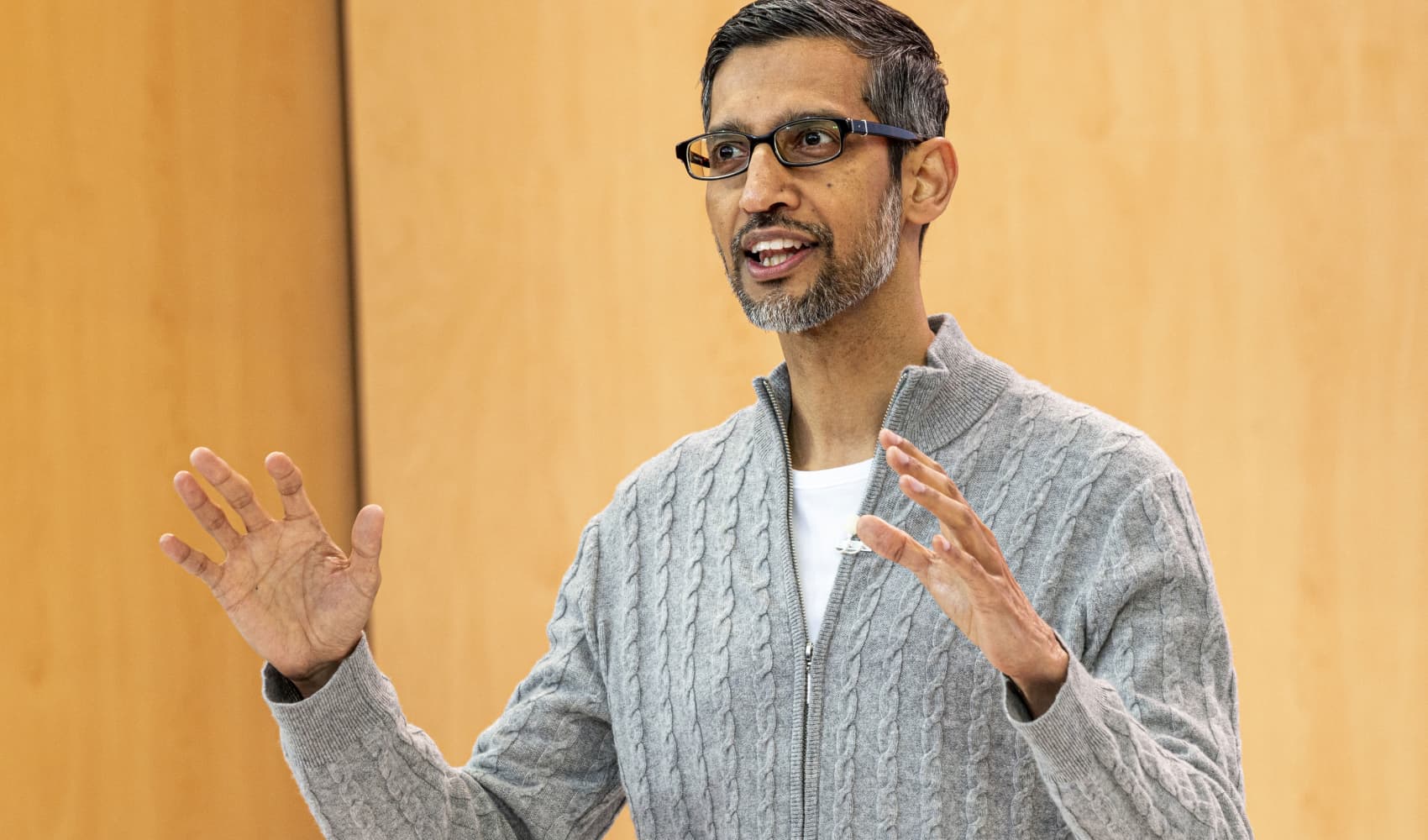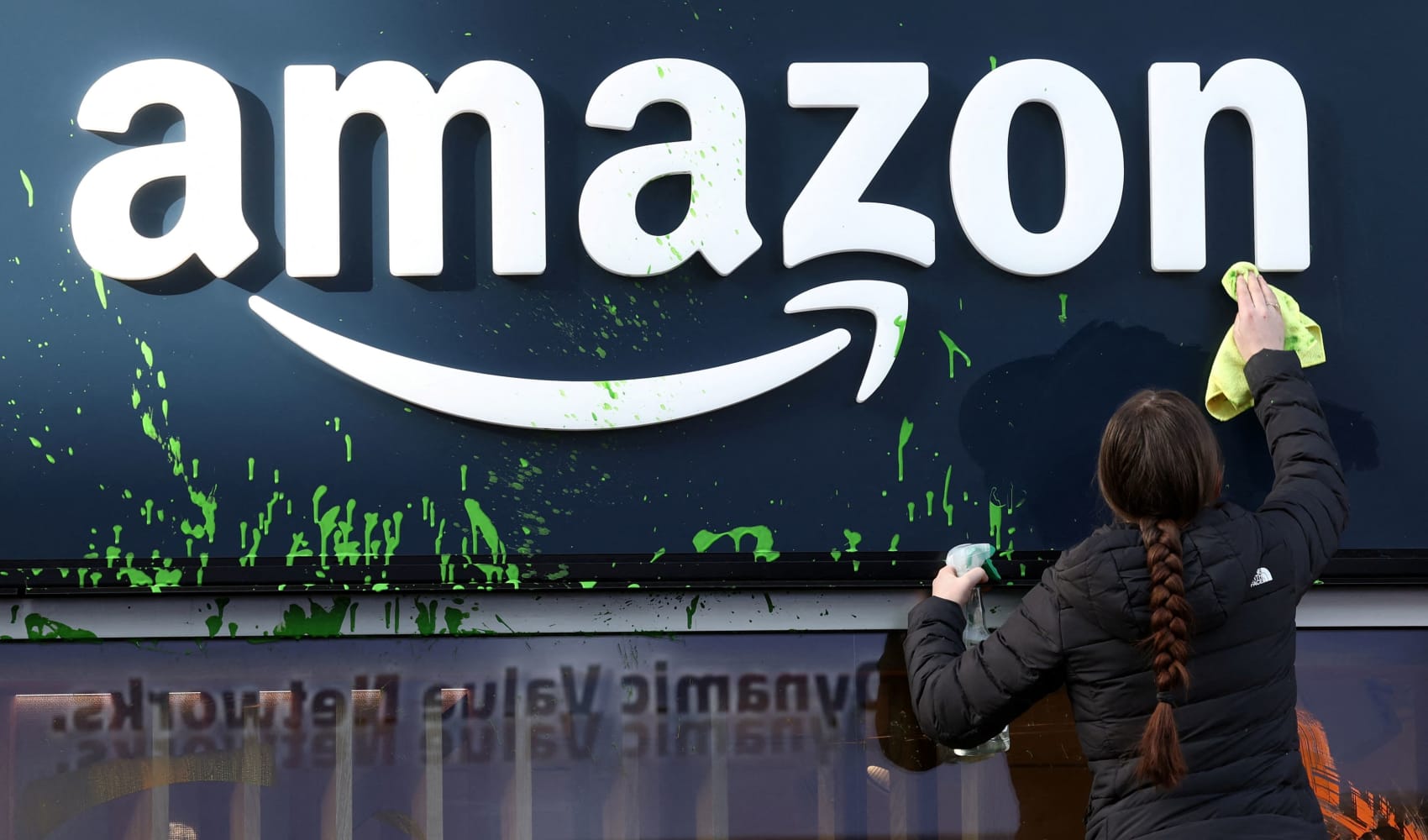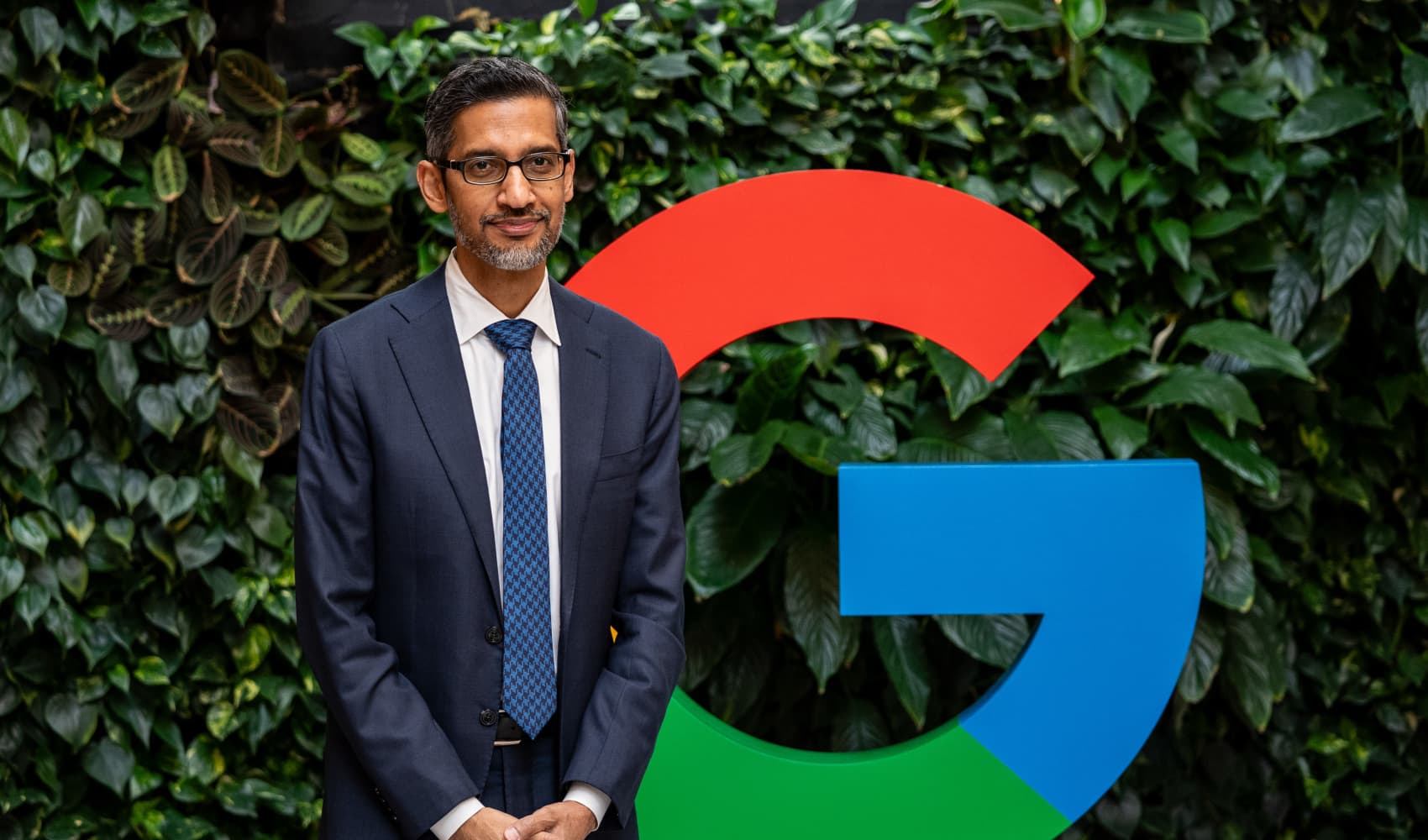Threads Ads Global Launch: Reach Millions on Meta's Platform
Threads Ads Go Global: Reach Millions with Meta's Microblogging Platform
Introduction: Threads is Open for Business!
Remember when Threads launched and everyone rushed to try out Meta's answer to Twitter? Well, it's not just a playground anymore! Meta has officially opened the floodgates, announcing that all eligible advertisers globally can now run ads on Threads. This isn't just a small step; it's a giant leap towards monetizing the platform and turning it into a serious contender in the social media advertising landscape. Think of it as moving from a beta test to a full-blown commercial launch. Are you ready to ride the Threads wave?
The Evolution of Threads Advertising
Meta's journey with Threads ads started modestly. The initial testing phase involved a select group of U.S. and Japanese companies, beginning in January. This limited rollout allowed Meta to gather valuable data, iron out any kinks, and fine-tune its advertising system. It was a cautious approach, like dipping your toes into the water before diving in headfirst. Now, with the global expansion, it's time to jump into the deep end!
Initial Testing Phase: A Cautious Start
The decision to start small was strategic. By working closely with a limited number of advertisers, Meta could ensure the ad formats were effective and user-friendly, both for advertisers and the Threads community. Think of it as a focus group on steroids, providing real-world insights that couldn't be replicated in a lab.
Global Expansion: A Bold Move
Now that the initial testing is complete, Meta is confident enough to roll out Threads ads to a global audience. This expansion signals a significant shift in Meta's strategy, indicating that Threads is ready to compete with other established social media platforms in the advertising space. The potential reach is enormous!
Why Threads is Attractive to Advertisers
So, why should you, as an advertiser, care about Threads? What makes it different from other social media platforms? Let's break it down. Threads offers a unique combination of factors that make it an attractive option for reaching a large and engaged audience.
The Power of Microblogging
Threads, at its core, is a microblogging platform, similar to Twitter. This means users are accustomed to consuming short, concise bursts of information, making it ideal for delivering targeted advertising messages. Think of it as a fast-paced conversation where you have a few seconds to grab someone's attention.
Integration with the Meta Ecosystem
One of the biggest advantages of Threads is its seamless integration with the Meta ecosystem. This allows advertisers to leverage their existing Facebook and Instagram campaigns, making it easier to reach a wider audience across multiple platforms. It's like having a single key that unlocks doors across the Meta universe.
Reaching a New Audience
While there's overlap with Facebook and Instagram users, Threads also attracts a unique audience of its own. This provides advertisers with the opportunity to reach individuals who may not be as active on other Meta platforms. It’s a chance to tap into a fresh pool of potential customers.
Zuckerberg's Vision: Threads as a Leading Discussion Platform
Mark Zuckerberg himself has high hopes for Threads. As he stated in January, he expects Threads to "continue on its trajectory to become the leading discussion platform and eventually reach 1 billion people over the next several years." This ambitious goal highlights Meta's commitment to investing in and growing the platform.
The Path to 1 Billion Users
Reaching 1 billion users is no easy feat, but Meta has a proven track record of scaling its platforms. With the introduction of advertising, Threads is likely to attract even more users, as it becomes a more vibrant and engaging space for discussion and interaction.
Competition and Innovation
The social media landscape is constantly evolving, and Threads needs to continue to innovate in order to stay ahead of the competition. By focusing on creating a positive and engaging user experience, Meta can position Threads as the go-to platform for real-time conversations.
What This Means for Advertisers: Opportunities and Strategies
The global launch of Threads ads presents a wealth of opportunities for advertisers. But to succeed, you need to have a clear strategy and understand how to effectively leverage the platform. Here's what you need to consider:
Targeting the Right Audience
Like any advertising campaign, targeting is crucial. Use Meta's robust targeting tools to reach the specific demographics, interests, and behaviors that align with your target audience. This ensures that your ads are seen by the people who are most likely to be interested in your products or services.
Crafting Engaging Content
On Threads, attention spans are short. Your ads need to be visually appealing and convey your message quickly and effectively. Use compelling images, videos, and concise copy to grab users' attention and encourage them to take action. Think of it as creating a mini-movie that tells your brand story in a matter of seconds.
Leveraging Data and Analytics
Meta provides a wealth of data and analytics to help you track the performance of your Threads ads. Monitor your key metrics, such as impressions, clicks, and conversions, to optimize your campaigns and improve your ROI. It’s like having a GPS for your advertising journey, guiding you towards the best possible route.
Eligibility Requirements: Who Can Advertise on Threads?
While Meta has opened up Threads ads to all "eligible advertisers globally," it's important to understand what that eligibility entails. Meta has specific guidelines and policies that advertisers must adhere to. Make sure you review these guidelines carefully to ensure your ads comply with all requirements. Failure to comply could result in your ads being rejected or your account being suspended.
Ad Policies and Guidelines
Meta's advertising policies cover a wide range of topics, including prohibited content, targeting restrictions, and creative requirements. Familiarize yourself with these policies before creating your Threads ads.
Account Verification
In some cases, Meta may require advertisers to verify their accounts before they can run ads on Threads. This helps to ensure the authenticity of advertisers and prevent fraudulent activity.
The Future of Threads Advertising
The global launch of Threads ads is just the beginning. As the platform continues to evolve and grow, we can expect to see even more innovative advertising formats and features. The future of Threads advertising is bright, and advertisers who get in early stand to reap the greatest rewards.
Emerging Trends
Keep an eye on emerging trends in social media advertising, such as the use of AI-powered targeting and personalized ad experiences. These trends are likely to shape the future of Threads advertising.
Staying Ahead of the Curve
To succeed on Threads, you need to be proactive and stay ahead of the curve. Experiment with different ad formats, targeting options, and creative approaches to find what works best for your brand. The best way to learn is by doing and adapting based on the results.
Conclusion: Seize the Threads Advertising Opportunity
Meta's decision to make Threads ads available globally marks a significant milestone for the platform and presents a valuable opportunity for advertisers. With its microblogging format, integration with the Meta ecosystem, and a growing user base, Threads has the potential to become a powerful advertising channel. By understanding the platform's unique characteristics, crafting engaging content, and leveraging data and analytics, advertisers can effectively reach their target audience and achieve their marketing goals. So, are you ready to weave your brand into the fabric of Threads?
Frequently Asked Questions (FAQs) About Threads Advertising
1. What types of ad formats are currently available on Threads?
Currently, Threads supports image and video ads that appear within the main feed. These ads are designed to be visually appealing and seamlessly integrated into the user experience, similar to how they appear on Instagram. Meta is likely to introduce new and innovative ad formats as the platform evolves.
2. How do I set up a Threads ad campaign?
Setting up a Threads ad campaign is similar to setting up campaigns on Facebook and Instagram. You can use Meta's Ads Manager to create and manage your campaigns, define your target audience, set your budget, and track your results. Make sure to select Threads as one of the placements for your ads.
3. What are the key metrics I should be tracking for my Threads ads?
Key metrics to track include impressions (how many times your ad is shown), reach (the number of unique users who saw your ad), clicks (how many users clicked on your ad), click-through rate (CTR), cost per click (CPC), and conversion rate (if you're tracking specific actions, like purchases or sign-ups). These metrics will help you evaluate the effectiveness of your campaigns and make data-driven decisions.
4. How does Threads advertising compare to advertising on Twitter?
While both Threads and Twitter are microblogging platforms, they offer distinct advertising environments. Threads benefits from its integration with the Meta ecosystem, providing access to a vast pool of user data and robust targeting capabilities. Twitter, on the other hand, has a longer history and a more established advertising platform. The best platform for you will depend on your specific goals and target audience.
5. What are some tips for creating successful Threads ads?
Keep your ads concise and visually appealing. Use high-quality images or videos that grab users' attention. Craft compelling copy that clearly communicates your message and includes a strong call to action. Experiment with different targeting options to find the audience that resonates best with your brand. Monitor your results and adjust your campaigns as needed. The key is to be creative, data-driven, and always test new approaches.







